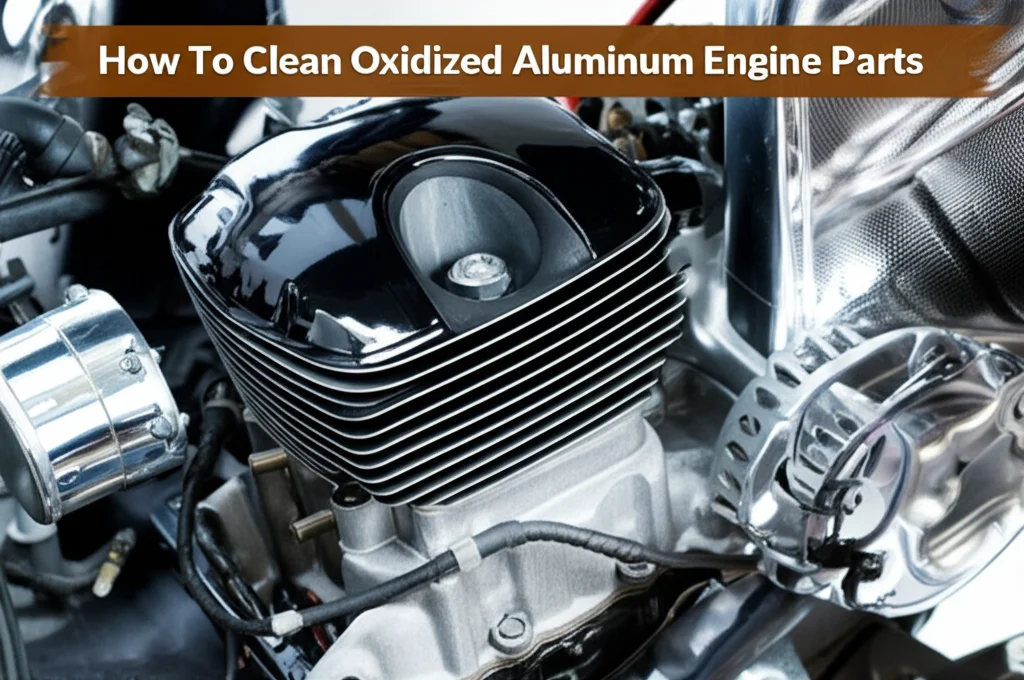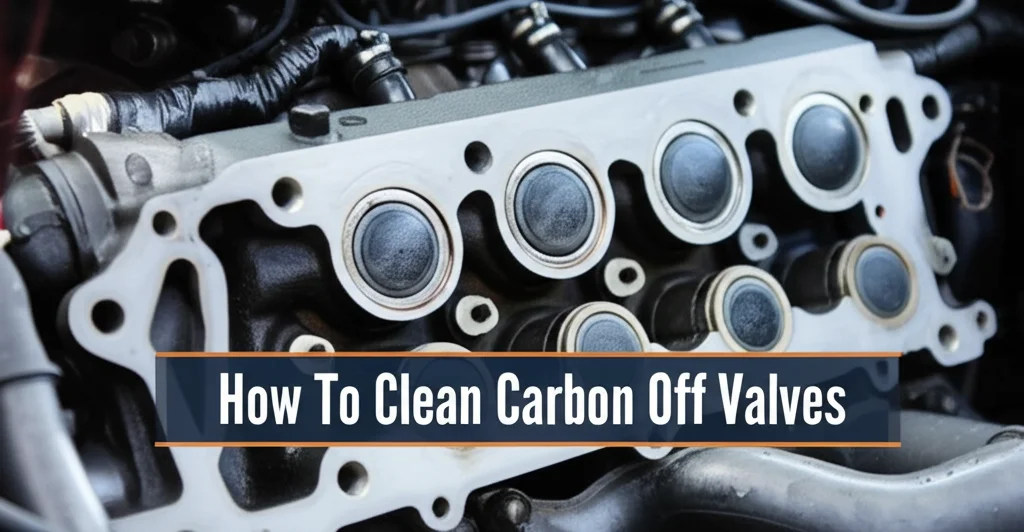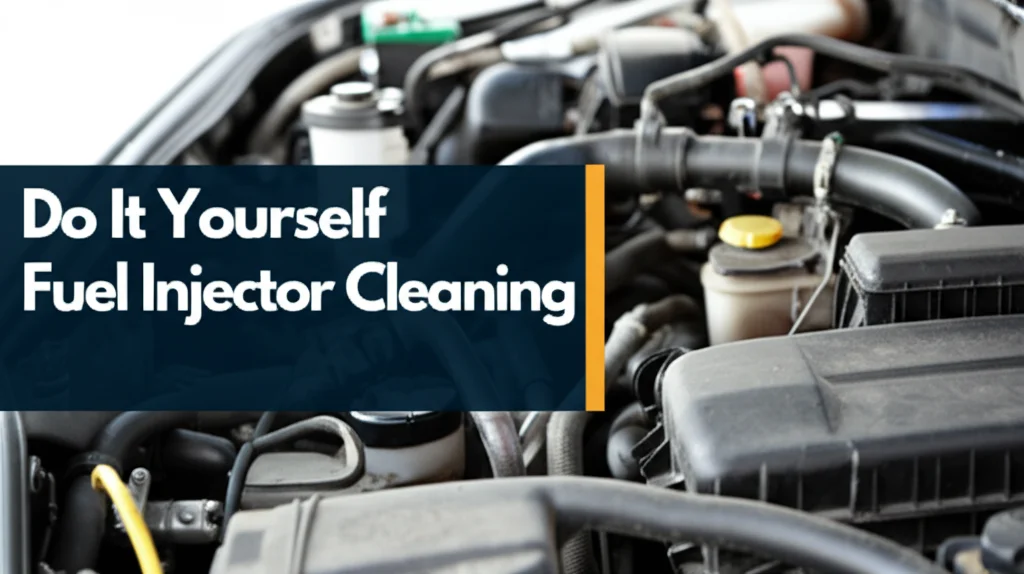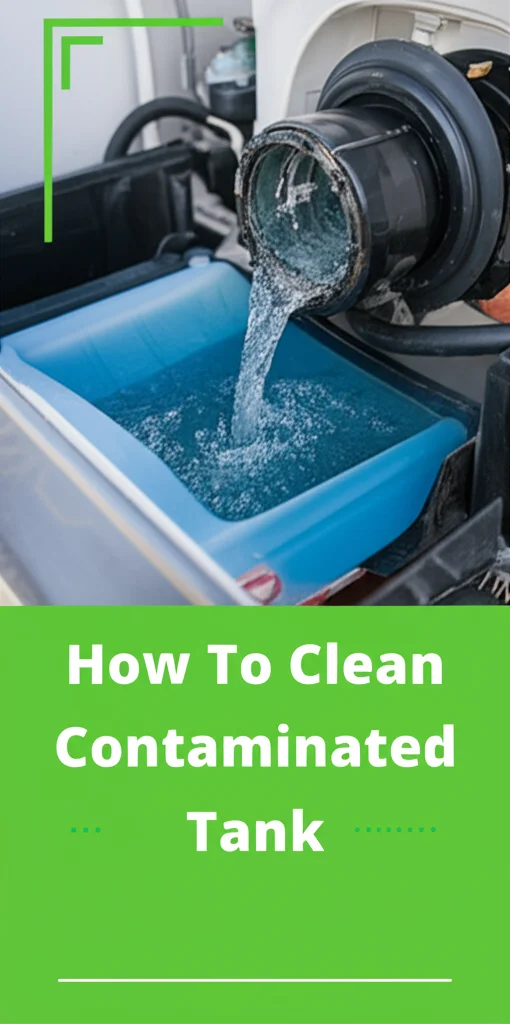· Automotive · 6 min read
How To Clean Oxidized Aluminum Engine Parts

Revitalize Your Engine: How To Clean Oxidized Aluminum Parts
Have you noticed a dull, chalky buildup on your aluminum engine parts? That’s oxidation, and it’s a common issue for engines exposed to the elements. Cleaning oxidized aluminum engine parts isn’t just about aesthetics; it’s about maintaining performance and preventing further damage. This article will guide you through effective methods to restore your aluminum engine parts to their former glory. We’ll cover everything from identifying oxidation to choosing the right cleaning solutions and techniques. Let’s dive in and get your engine looking and running its best!
Quick Answer: To clean oxidized aluminum engine parts, use a dedicated aluminum cleaner, a soft brush, and gentle scrubbing. Rinse thoroughly with water and dry completely. For heavy oxidation, consider a chemical stripping solution, followed by polishing.
Takeaway:
- Identify the level of oxidation to choose the appropriate cleaning method.
- Always test cleaning solutions in an inconspicuous area first.
- Protect yourself with gloves and eye protection during the cleaning process.
- Thoroughly rinse and dry all parts to prevent further corrosion.
Understanding Aluminum Oxidation
Aluminum doesn’t rust like steel, but it does oxidize. This process happens when aluminum reacts with oxygen in the air, forming aluminum oxide. This oxide layer initially protects the metal, but over time, it becomes dull, chalky, and can hinder performance. Understanding why aluminum oxidizes is the first step to effectively cleaning it. The rate of oxidation depends on factors like exposure to moisture, salt, and pollutants.
Why Does Aluminum Oxidize?
Aluminum’s natural reaction with oxygen creates a protective layer. However, this layer isn’t always beneficial. Exposure to harsh environments accelerates the process, leading to visible oxidation. This oxidation can affect the engine’s cooling efficiency and even cause parts to seize. Regular cleaning and protection are key to preventing significant oxidation buildup.
Identifying the Severity of Oxidation
Oxidation ranges from a light surface haze to a thick, deeply ingrained layer. A light haze can often be removed with mild cleaners. Heavier oxidation requires more aggressive methods, like chemical strippers or polishing compounds. Properly assessing the severity will help you choose the most effective cleaning approach.
Gathering Your Cleaning Supplies
Before you start, having the right tools and materials is crucial. You’ll need items specifically designed for aluminum to avoid causing further damage. Using the wrong products can etch or discolor the metal. Let’s create a checklist of everything you’ll need for a successful cleaning session.
- Aluminum Cleaner: Choose a dedicated aluminum cleaner, available at most auto parts stores.
- Soft Brushes: Nylon or plastic brushes are ideal for scrubbing without scratching.
- Microfiber Cloths: These are excellent for applying cleaners and wiping surfaces.
- Chemical Stripper (for heavy oxidation): Use a product specifically formulated for aluminum.
- Aluminum Polish: For restoring shine after cleaning.
- Gloves & Eye Protection: Essential for protecting your skin and eyes from chemicals.
- Water Source: For rinsing.
- Plastic Basin or Container: To soak parts.
Step-by-Step: Cleaning Lightly Oxidized Aluminum
For parts with a light surface haze, a gentle approach is best. This method minimizes the risk of damage and is often all that’s needed for regular maintenance. Follow these steps for effective cleaning.
- Preparation: Remove any loose dirt or debris with a soft brush.
- Apply Cleaner: Spray the aluminum cleaner onto the affected area.
- Gentle Scrubbing: Use a soft brush to gently scrub the surface. Avoid excessive pressure.
- Rinse Thoroughly: Rinse with clean water to remove all traces of the cleaner.
- Dry Completely: Use a clean microfiber cloth to dry the part thoroughly. Moisture can accelerate oxidation.
Tackling Heavy Oxidation: Chemical Stripping
When oxidation is severe, a chemical stripper is often necessary. These products dissolve the oxide layer, revealing the clean metal underneath. However, they require careful handling and proper safety precautions. Always read and follow the manufacturer’s instructions.
- Safety First: Wear gloves and eye protection. Work in a well-ventilated area.
- Apply Stripper: Apply the chemical stripper evenly to the oxidized surface.
- Wait: Allow the stripper to dwell for the recommended time (check the product label).
- Scrub: Use a soft brush to help loosen the oxidized material.
- Rinse Thoroughly: Rinse with plenty of water to remove all traces of the stripper.
- Neutralize: Some strippers require neutralization with a specific solution – check the product instructions.
Polishing Aluminum for a Showroom Shine
After cleaning, polishing will restore the aluminum’s shine and provide a protective layer. Polishing removes minor imperfections and creates a smooth, reflective surface. There are different levels of polish available, from mild to aggressive.
- Apply Polish: Apply a small amount of aluminum polish to a clean microfiber cloth.
- Rub in Circular Motions: Rub the polish onto the aluminum surface in circular motions.
- Buff: Use a clean section of the cloth to buff the surface to a shine.
- Repeat: Repeat the process if necessary to achieve the desired level of shine.
Preventing Future Oxidation: Protection Strategies
Cleaning is important, but preventing oxidation is even better. Protecting your aluminum engine parts will save you time and effort in the long run. Here are a few strategies to consider.
- Protective Coatings: Apply a sealant or protective coating specifically designed for aluminum.
- Regular Cleaning: Regularly clean your engine parts to remove dirt and contaminants.
- Storage: Store engine parts in a dry, climate-controlled environment.
- Waxing: Applying a coat of wax can help repel moisture and prevent oxidation. You can learn more about protecting your surfaces by reading about how to clean bacon grease from pan.
Frequently Asked Questions
Q: Can I use steel wool to clean aluminum?
A: No, steel wool can scratch and damage aluminum. Always use soft brushes or microfiber cloths.
Q: What’s the best way to clean aluminum carburetors?
A: Carburetors require careful cleaning. Use a carburetor cleaner and a soft brush, paying attention to small passages.
Q: Is vinegar safe to use on aluminum?
A: While diluted vinegar can sometimes be used for light cleaning, it’s generally not recommended as it can cause corrosion.
Q: How often should I clean my aluminum engine parts?
A: The frequency depends on the environment and usage. Inspect parts regularly and clean as needed, typically every few months.
Conclusion: Keeping Your Engine Running Smoothly
Cleaning oxidized aluminum engine parts is a vital part of engine maintenance. By understanding the process of oxidation and using the right techniques, you can restore your parts to their original condition and prevent future damage. Remember to always prioritize safety, test cleaning solutions, and protect your work with a sealant or polish. A clean engine isn’t just a pretty engine; it’s a more efficient and reliable engine. Now that you know how to clean oxidized aluminum, you can confidently tackle this task and keep your engine running smoothly for years to come. Don’t forget to explore other cleaning tips on our site, like how to clean kitchen floor without a mop, to keep your entire space sparkling!




